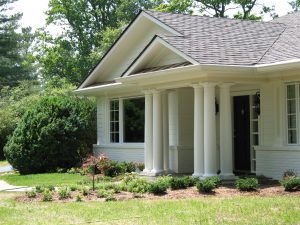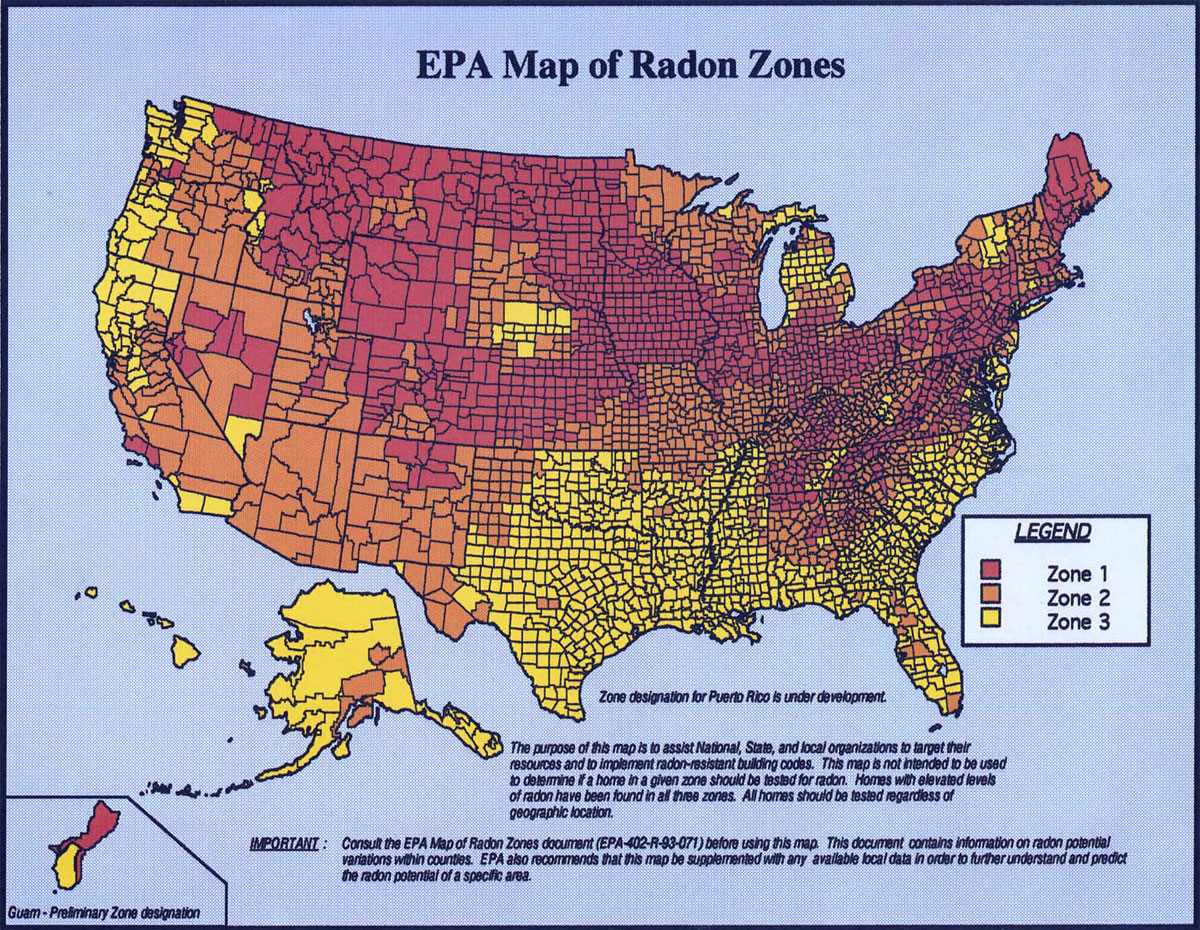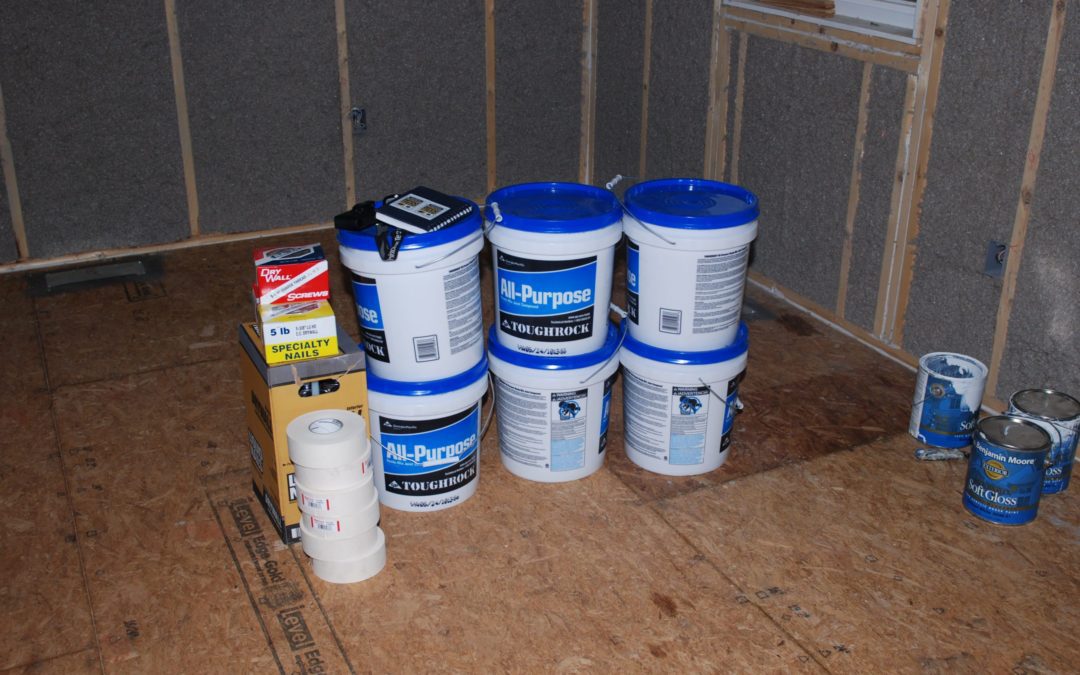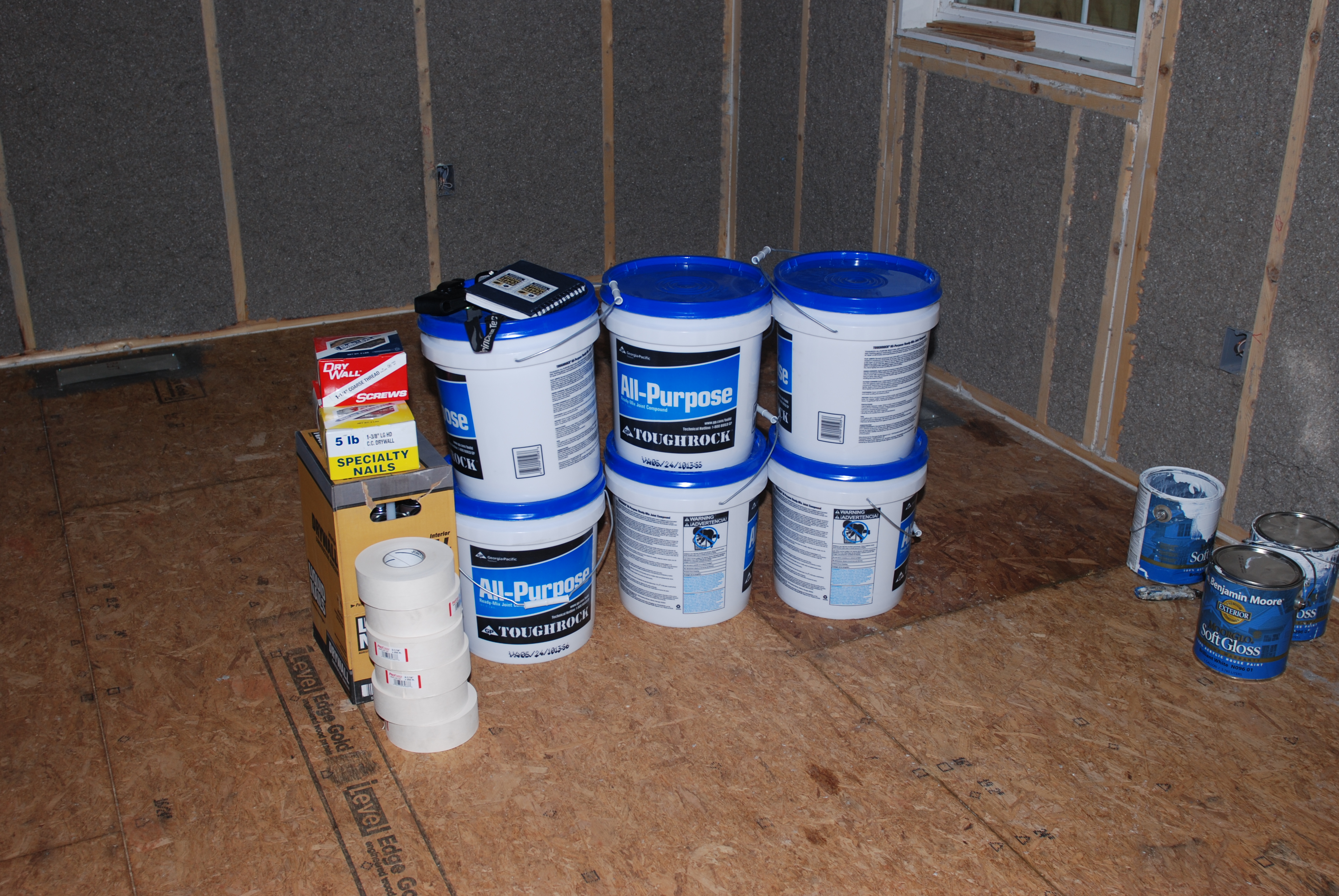by harrisonburgarchitect | Apr 22, 2013 | architecture, Building Science, Harrisonburg Architect, Indoor Air Quality
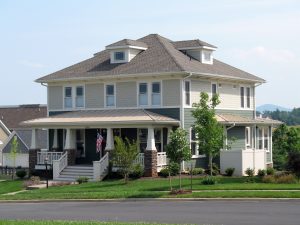 We see it in sports all the time, if there is a weak link on the team, they cannot win the championship. It takes everyone operating at their top level and working together to achieve success and win it all. The same holds true in home construction. You have to build a complete and balanced team to actually get a green home.
We see it in sports all the time, if there is a weak link on the team, they cannot win the championship. It takes everyone operating at their top level and working together to achieve success and win it all. The same holds true in home construction. You have to build a complete and balanced team to actually get a green home.
There are many aspects that go into achieving your dream green home. It has to fit your budget, provide healthy indoor air, operate efficiently, be economical to build, and conserve water (just to name a few). The appropriate team depends on the complexity of the design. As I have written many times, just purchasing a plan from a magazine does not take into account the site, the climate, or locally available materials and expertise. A builder is not an expert at selecting materials that are the most efficient and affordable option to achieve your goal. Many times they will send you to a supply house to make your selections – this puts all the burden on you to determine the most economical and appropriate option. Unless you frequently build homes yourself, you should not be expected to know the best solutions.
 If you don’t have a builder that understands efficient home construction, you will be paying someone to learn how to build efficiently. While it seems simple, just changing to advanced framing to be able to upgrade your insulation package, for instance, requires some understanding of all the impacts this change will have on other aspects of the home. If you don’t have an insulator that understand efficient insulation installation, you will undoubtedly pay more than you should for an insulation that does not perform as well as possible. If you hire an architect that does not understand specifications and building science, you will likely have a moisture problem in your conditioned attic. There are many considerations that need to be made. You should have a team that knows building science, design, construction, material selection, and installation.
If you don’t have a builder that understands efficient home construction, you will be paying someone to learn how to build efficiently. While it seems simple, just changing to advanced framing to be able to upgrade your insulation package, for instance, requires some understanding of all the impacts this change will have on other aspects of the home. If you don’t have an insulator that understand efficient insulation installation, you will undoubtedly pay more than you should for an insulation that does not perform as well as possible. If you hire an architect that does not understand specifications and building science, you will likely have a moisture problem in your conditioned attic. There are many considerations that need to be made. You should have a team that knows building science, design, construction, material selection, and installation.

NEST Rebuild, 2010
Don’t fall for the old trap of purchasing a plan that does not address the site, materials, your functional needs, or the climate. Don’t hire a builder that does not know and understand building science. Don’t allow installers to learn by their mistakes on your project. Don’t let a designer with little experience in efficient homes learn how to design your green home. Find a balanced team of experts and pay a little more up front if that is needed to get the best team; it will save you everyday with a job done right.
by harrisonburgarchitect | Apr 21, 2013 | architecture, Harrisonburg Architect, Indoor Air Quality
Celebrate Earth Day by following these 75+ tips for your home. Comment with more ideas on how you make your home or business more efficient!
- Plant a Garden.
- Switch to LED or CFL light bulbs.
- Create a Compost bin.
- Switch old appliances to energy-efficient models.
- Use reusable bags.
- Use reusable water bottles and stop buying plastic disposable bottles.
- Use cold water to wash clothes.
- Turn off lights when you leave the room.
- Open your curtains to light a room during the daytime hours
- Carpool.
- Install proper insulation in the correct locations.

- Telecommute.
- Turn off your computer at night.
- Shop Local.
- Buy green power.
- Pay your bills online.
- Stop unsolicited mail.
- Reuse scrap paper.
- Conduct an energy audit on your home.
- Buy from a second hand store when possible.
- Fix leaky faucets and toilets.
- Make your own household cleaners.
- Line dry your laundry.
- Lower the temperature on your water heater.
- Unplug unused chargers and appliances.
- Collect Rainwater.
- Purchase locally roasted coffee.
- Use cloth napkins.
- Compost your scraps.
- Repurpose glass jars.
- Air seal your home with caulk.
- Seal leaky heating and cooling ductwork. Use mastic rather than duct tape.

- Install a programmable thermostat.
- Use smart plugs that shut off power to appliances.
- Use timers for indoor and outdoor lights.
- Seal cracks with expanding foam.
- Weatherstrip doors and windows.
- Wrap your water heater with an insulation blanket.
- upgrade your water heater, perhaps a solar thermal system.
- Wrap hot water pipers with insulating tubes.
- Vacuum refrigerator coils.
- Keep your freezer full for optimal use.
- Use a microwave whenever practical.
- Take 5-minute showers.
- Turn off tap when brushing teeth.
- Air dry your dishes.
- Install aerators on your faucets to use less water.
- Replace old toilets with low-flow models.
- Use front loading washers and dryers.
- Insulate your attic and basement to reduce your heating and cooling costs.
- Use ceiling fans to cool down rooms.
- Plant trees to buffer homes from wind and help shade during the summer.
- Upgrade your heating and cooling system.
- Change your air filters regularly.
- Invest in green. There are many good mutual funds and stocks available.
- Recycle your electronics and computer equipment.
- Safely dispose of hazardous materials, like batteries, CFLs, and chemicals. Check locally or online for resources.
- Recycle everything possible. Glass, metal, plastic, paper, cardboard (don’t forget junk mail!) and more. And participate in special item recycling days, such as for paints or electronics.
- Plant native plant species, which are better suited to your climate and will require fewer chemicals and water.
- Water your lawn less frequently and more deeply and at night in most areas, to avoid evaporation.
- Eat less meat, which causes the most environmental harm than any other type of food production.
- Never let your car idle. If you’re not driving or stopped at a light, shut the engine.
- Use post-consumer, recycled content products, such as paper, napkins, toilet paper, tissues, and more.

- Use reusable plates, cups and utensils. And no styrofoam. Encourage others to do the same.
- Print double-sided both at home and at work.
- Recycle those printer cartridges.
- Don’t use artificial air cleaners or plug-ins.
- House plants can help clear the air. Peace plants and philodendron are particularly well suited to eliminating many common air pollutants.
- Buy certified carpeting, furniture, and other household goods. FSC, SFI, GreenGuard, GreenSeal and more, all certify products produced with less harmful chemicals and sustainable manufacturing processes.
- Select low VOC paint for your next remodeling job. And look for low-emissions products for any sealing work.
- Use doormats at all doors to keep particulates, dirt, and pollutants out of your home.
- Patronize companies that are making efforts to become more environmentally sustainable. From consumer products to services, your dollar can make a difference.
- Buy consumer goods that are produced in a more environmentally sustainable manner and with less packaging.
- Install a solar PV system to offset your electric demand.
- Use an energy star shingle when you replace your roof.
- Shop at a Farmer’s Market.
- What else should be on the list – leave tips in the comment section and I will add them!
by harrisonburgarchitect | Mar 25, 2013 | architecture, Building Science, Harrisonburg Architect, Indoor Air Quality
 Spring is a great time to get started on your home remodeling project. So where is the best place to get started? Who should you call? What will it cost? How long will it take? What is the best solution? Here are some things that I have learned over the years doing many residential remodeling projects:
Spring is a great time to get started on your home remodeling project. So where is the best place to get started? Who should you call? What will it cost? How long will it take? What is the best solution? Here are some things that I have learned over the years doing many residential remodeling projects:
- Have a complete plan before starting construction (or even before getting a contractor to give you a price). There are many variables in renovation projects and you will be making thousands of decisions. Get them out-of-the-way early: know the color paint, counter top faucet, and flooring before getting started.
- Don’t make changes (at least minimize them). Having a good plan in advance of construction will go a long way towards this goal. This is the place where budgets get out of hand, schedules get lost, and projects go bad – avoid making changes during construction if at all possible.
- Allow your contractor to purchase materials. The last thing you want is to order the studs for the addition and not have enough the day the framers are standing there waiting on the materials or even for the cabinets to be delivered a week early. Contractors know how to order materials, get special pricing from supply yards, schedule deliveries, and at the end of the day, you want them responsible for all aspects of the work being done.
 Listen to your professionals. Your architect and contractor are there to serve you and to help you make the best decisions possible. If they say, “you can do it, but I would not recommend it” LISTEN. If it is too expensive, too complicated, or simply not a functional solution, they will tell you in most cases. Take their professional advise; after all that is why you are paying them.
Listen to your professionals. Your architect and contractor are there to serve you and to help you make the best decisions possible. If they say, “you can do it, but I would not recommend it” LISTEN. If it is too expensive, too complicated, or simply not a functional solution, they will tell you in most cases. Take their professional advise; after all that is why you are paying them.- Have a contingency budget of at least 5%. Remodeling work is the highest risk work for contractors. There are many concealed conditions and it is impossible to know what you are getting into behind the drywall before you get behind the drywall. There is almost always a surprise in every remodeling project.
- Take a vacation – if at all possible, move out while the work is being done. This will help your nerves and allow the contractor to have full access to the project and schedule without worrying about bothering you by showing up too early or staying too late.

- Get out-of-the-way – Again, you have hired professionals to do what they do for a living. Don’t try to micromanage the process. Of course everyone in the process wants you to be happy and wants to hear you concerns. However, there is a means to their madness and letting them do things the way they think is best is usually the most efficient solution.
- Design Matters – Don’t just slap something together. Hire an architect to think through the design that will understand the desired function / goals and plan a project that meets your needs. Proper planning on the front end is always less expensive than planning / figuring it out during construction – or worse, trying to fix it after construction is done. Beauty, function, energy efficiency, durability, and healthy solutions are all possible, but not typical in the construction industry unless an architect is involved.
by harrisonburgarchitect | Mar 11, 2013 | architecture, Building Science, Harrisonburg Architect, Indoor Air Quality
Radon is estimated to cause thousands of lung cancer deaths in the U.S. each year. The EPA recommends that you test your home for radon and install a mitigation system if the level is 4 picocuries per liter or higher. Radon levels less than 4 pCi/L still pose a risk, and in many cases may be reduced. So what is the correct way to test for radon?

1. Purchase a do-it-yourself short-term test radon test kit from your local home supply store. Be sure to read the directions carefully and follow them exactly. These DIY kits are inexpensive and can be very accurate if used properly.

2. If the test comes back marginal or high, hire a local independent building inspector(here or here) or certified radon tester to do a long-term test.
There is no known safe level of radon, so if there is radon present take actions to reduce it. There are several methods to reduce radon in your home, but the most common is a vent system and fan which pulls radon from beneath the house and vents it outside. You can also try to seal all the gaps and cracks, create positive air pressure in your basement, add a fresh air exchange, or introduce fresh air ventilation into the space.

by harrisonburgarchitect | Mar 4, 2013 | architecture, Building Science, Harrisonburg Architect, Indoor Air Quality
As we learn more about building science homes are being built tighter through good construction details. This is a GOOD thing. The new worry is that many products used in homes off gas chemicals known in the industry at Volatile Organic Compounds (VOC’s). These chemicals have adverse short and long term health impacts on the people living in your home. While we are still learning a lot about what chemicals are safe – if any – you should be sure to use those proven products that are available with a NO-VOC option. Paints, caulks, adhesives, stains, and joint compounds are just the starting point. Discuss with your architect the options, which products seem to be working and which have durability issues, and make wise decisions for your family. Product selection along with a appropriate ventilation system in your home will lead to better health for everyone living there.

 We see it in sports all the time, if there is a weak link on the team, they cannot win the championship. It takes everyone operating at their top level and working together to achieve success and win it all. The same holds true in home construction. You have to build a complete and balanced team to actually get a green home.
We see it in sports all the time, if there is a weak link on the team, they cannot win the championship. It takes everyone operating at their top level and working together to achieve success and win it all. The same holds true in home construction. You have to build a complete and balanced team to actually get a green home. If you don’t have a builder that understands efficient home construction, you will be paying someone to learn how to build efficiently. While it seems simple, just changing to advanced framing to be able to upgrade your insulation package, for instance, requires some understanding of all the impacts this change will have on other aspects of the home. If you don’t have an insulator that understand efficient insulation installation, you will undoubtedly pay more than you should for an insulation that does not perform as well as possible. If you hire an architect that does not understand specifications and building science, you will likely have a moisture problem in your conditioned attic. There are many considerations that need to be made. You should have a team that knows building science, design, construction, material selection, and installation.
If you don’t have a builder that understands efficient home construction, you will be paying someone to learn how to build efficiently. While it seems simple, just changing to advanced framing to be able to upgrade your insulation package, for instance, requires some understanding of all the impacts this change will have on other aspects of the home. If you don’t have an insulator that understand efficient insulation installation, you will undoubtedly pay more than you should for an insulation that does not perform as well as possible. If you hire an architect that does not understand specifications and building science, you will likely have a moisture problem in your conditioned attic. There are many considerations that need to be made. You should have a team that knows building science, design, construction, material selection, and installation. 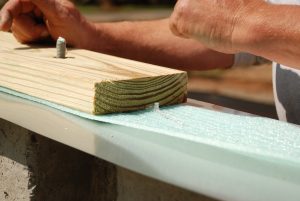

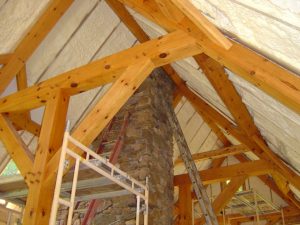
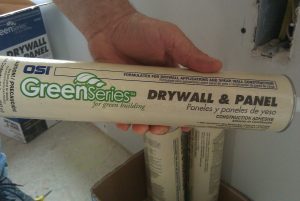
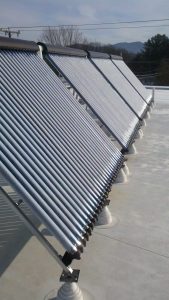
 Spring is a great time to get started on your home remodeling project. So where is the best place to get started? Who should you call? What will it cost? How long will it take? What is the best solution? Here are some things that I have learned over the years doing many residential remodeling projects:
Spring is a great time to get started on your home remodeling project. So where is the best place to get started? Who should you call? What will it cost? How long will it take? What is the best solution? Here are some things that I have learned over the years doing many residential remodeling projects: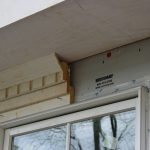 Listen to your professionals. Your architect and contractor are there to serve you and to help you make the best decisions possible. If they say, “you can do it, but I would not recommend it” LISTEN. If it is too expensive, too complicated, or simply not a functional solution, they will tell you in most cases. Take their professional advise; after all that is why you are paying them.
Listen to your professionals. Your architect and contractor are there to serve you and to help you make the best decisions possible. If they say, “you can do it, but I would not recommend it” LISTEN. If it is too expensive, too complicated, or simply not a functional solution, they will tell you in most cases. Take their professional advise; after all that is why you are paying them.